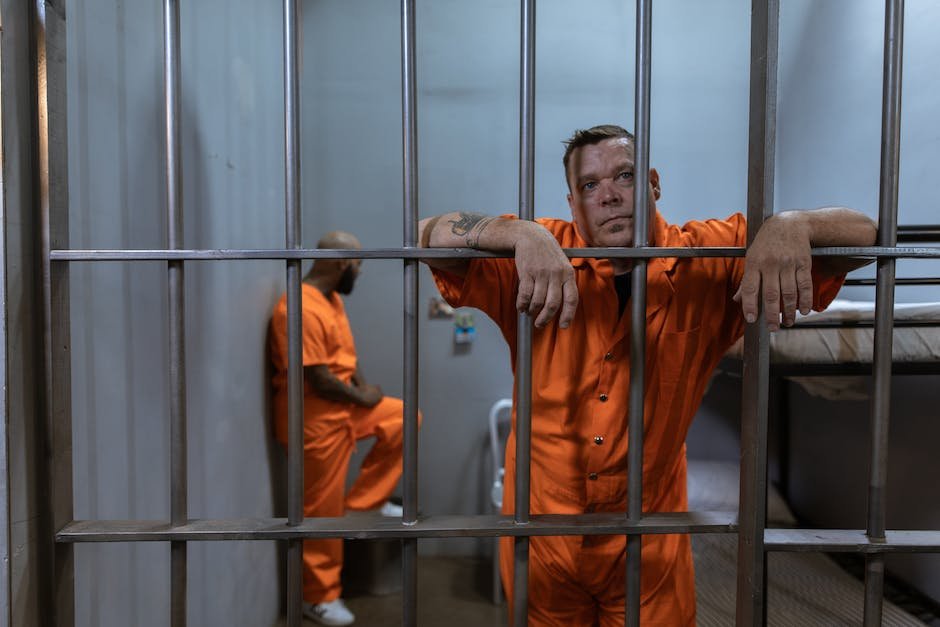
Maddy Crowell | The atavistic | April 2021 | 5 minutes (1507 words)
This is an excerpt from Issue #1 of The Atavist. 114, “The Invisible Child,” by writer Maddy Crowell. The year Adolfo Davis was arrested, he became one of 2,500 teenagers serving a mandatory life sentence in the United States.
Dudley Wayne Kyzer: 10,000 years
Dudley Wayne Kyzer of Alabama was sentenced to 10,000 years for killing his wife in 1981. Kyzer was also convicted of murdering his mother-in-law and a college student he happened to be staying in the same house on Halloween in 1976. In addition to the 10,000 years, he received life sentences for each of the murders. The judge based his sentence on the brutality of the killings and he was denied parole nine times.
Holmes killed 12 people and injured 70 others in a movie theater in Aurora, Colorado, in 2012. He was sentenced to 12 life sentences for each murder and an additional 3,318 years in prison for attempted murder. a charge of possession of an illegal explosive device and an aggravated sentence for a violent crime.
The court finds the 50-year sentence to be “de facto” an unconstitutional life sentence
The case of People v. Buffer concerns a defendant who was 16 when he shot someone. He was convicted of first-degree murder and discharging a firearm in connection with the murder, for which he was sentenced to a total of 50 years in prison: 25 years for the murder and 25 years for the mandatory firearm supplement under Illinois law.
youtube.com/embed/jJAOK2LKPR4″ frameborder=”0″ allowfullscreen>
Following his conviction, the US Supreme Court ruled that automatic life sentences without the possibility of juvenile parole are unconstitutional. The Supreme Court asked trial judges to consider factors related to the characteristics of youth, including poor decision-making and a lack of understanding of the long-term consequences. This follows an earlier Supreme Court precedent prohibiting the death penalty for juveniles.
Key Points
A jury found the defendant guilty of four counts of first-degree murder (720 ILCS 5/9-1(a)(1), (a)(2)) and notably found that the defendant personally fired a firearm that caused the victim’s death.
The defendant was convicted in July 2010. At the time, Illinois law prescribed a 20- to 60-year sentence for first-degree murder (730 ILCS 5/5-4.5-20(a ))) and prescribed an additional minimum sentence of 25 years in prison for personally firing a firearm that caused the victim’s death (id. § 5-8-1(a)(1)(d)(iii)) .
The definition of “life sentence” has changed
As Duncan reflects on his time in prison, what worries him most is how young some of his fellow inmates were when they ended up in prison. . He says many of them weren’t developed enough emotionally or mentally to fully understand what was happening.
Duncan, like many of these young men, was to serve life without the possibility of parole. Then The Innocence Project intervened and was finally exonerated after more than two decades.
